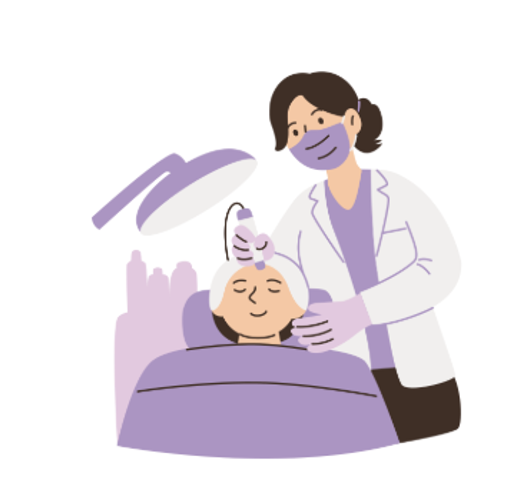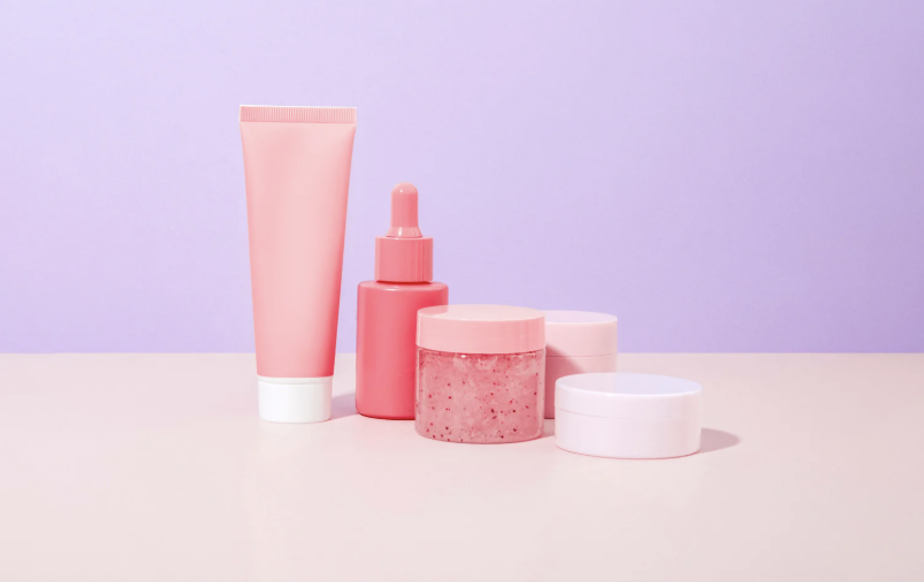July 4, 2025
- Reading Time : 6 Minutes
If you’re already concerned about taking care of your skin and don’t know where to start, believe me, it’s normal to feel this way; and do you know why? Because sometimes we lack direction.
In this post, I want to give you a basic guide to help you taking care of your skin. But first, I’ll explain what skin care is based on, what products or steps can be included in your home routine, and how often you should use these products.
This information I’m about to share with you should not be substituted by an in-person evaluation with a skin professional. My goal is for you to learn about home care and, by the time you receive a professional evaluation, have a better understanding of your skin type and/or condition.
The biggest mistake we can make when starting to take care of our skin is getting carried away by an advertising campaign, by a friend who recommended a product that worked for them, or by a price that seemed attractive…
If you want guidance on something you’re unfamiliar with or unfamiliar with, it’s best to go to a specialist… or is it?
The main factors to consider before deciding on a product or routine are:

- Your skin type: whether you have normal, oily, combination, or dry skin.
- What conditions affect your skin: whether you have acne, sensitive skin, pigmentation, dehydration, among others.
- What allergic reactions have you experienced?
- What is your lifestyle: are you mostly exposed to the sun, chemicals, or are you always indoors? How do you eat, etc.
First, let me explain the skin types:
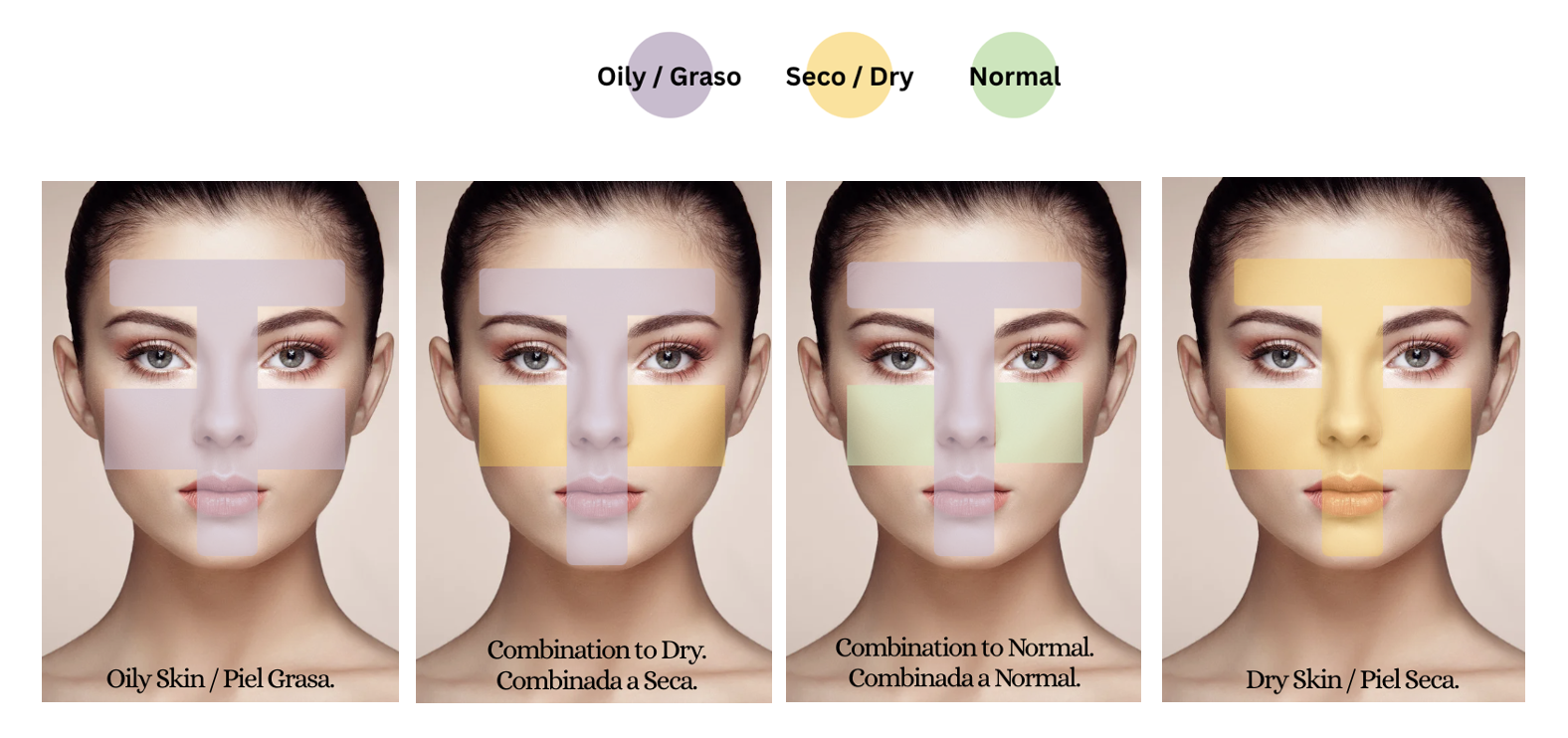
- Oily Skin: Characterized by a higher production of oil or lipids compared to other skin types. Its appearance is shiny, its texture is somewhat thick, its pores are slightly more visible, and it is more prone to developing conditions such as acne.
- Dry Skin: The opposite of oily skin, this type lacks oils and lipids, making it appear dull and lackluster, with less visible pores and a slightly rough texture. Due to its lack of oils, it sometimes flaking and is more prone to developing sensitivity and irritation.
- Combination Skin: This term refers to skin that has some oily areas, others dry, or normal areas. It can be a mixture of two or three skin types in different areas of the face, focusing on what we call the T-zone of the face, which is the section that runs from the forehead down to the nose and reaches the chin.
- Normal Skin: This is a very rare, almost perfect skin type. It’s characterized by neither excess oil nor dryness; it’s free of imperfections, has an even texture and tone, and is free of conditions such as acne or blemishes.

We work with these four basic skin types, and based on their characteristics and skin conditions, we can determine which treatments or products to use.
Now I’ll explain what skin conditions are:
This is simply the state of a given skin type. These conditions can be caused by external or internal factors. The most common conditions are acne, pigmentation, sensitive skin (which in some cases is considered a skin type), rosacea, and dehydration (which is not the same as dry skin). Dehydration can occur in all skin types and means a lack of water.
Your skin routine should be tailored to the conditions you want to improve or eliminate; all of this also takes into account your skin type (because these conditions can affect any type regardless).
Allergic Reactions: Allergic reactions are very important to consider when choosing your products and how to use them. An allergic reaction can alter the condition of your skin and worsen an existing condition.
Your Lifestyle: Your lifestyle is what you do, the climate where you live, how you expose your skin to certain factors, how often you wear makeup, how much you expose yourself to the sun… to name a few examples… these are factors that, as an esthetician, guide me when recommending a routine or product. These factors can also be key in determining the origin of a condition. For example, a person who is frequently exposed to the sun is very likely to have problems with pigmentation and dark spots.

Believe it or not, all of the above affects your skin, directly or indirectly, and therefore, you need a consultation with a professional to evaluate and make appropriate recommendations. However, in general terms, any skincare routine may require the following products:
- Makeup remover: If you wear makeup, this product should precede the cleansing step. Removing excess makeup guarantees a better finish when you follow up with your cleanser or facial soap. This step can also be called “pre-cleanse” or “double cleanse,” and we can find different types of makeup removal products on the market, from wet wipes to micellar water, among others. Recommended use: every time you wear makeup.
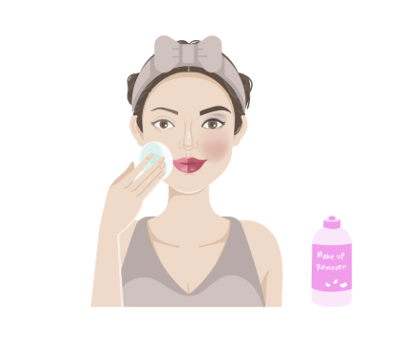
- Facial cleanser or soap according to your skin type: This is the main step for washing or cleansing your face. In another post, I’ll explain the different cleansers available on the market, and which one is best for each skin type. This step removes dirt, excess oil and sweat, makeup residue, etc. We can do this step directly when we’re not wearing makeup. Cleansers, depending on your skin type, can help balance your skin, hydrate it, or counteract certain conditions. We should wash our face once or twice a day depending how oily is the skin or depending on the skin condition.
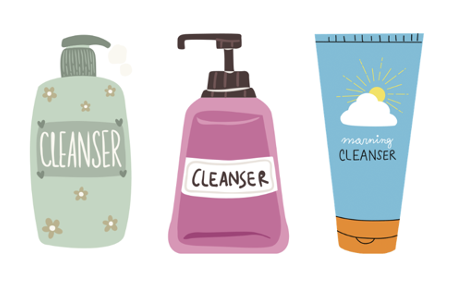
- Toner: After washing your face, it is recommended to balance the skin’s pH and remove any remaining cleanser residues.
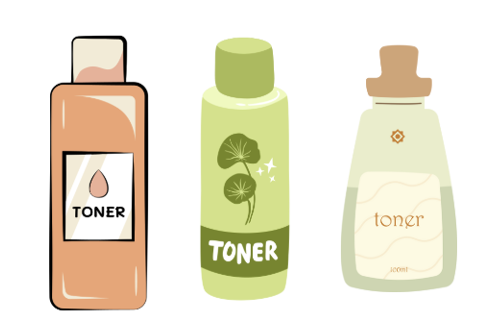
- Exfoliants: Although it’s not necessary to use it daily, it’s recommended two or three times a month, depending on your skin type. Exfoliation is excellent for softening, removing layers of dead skin cells, preventing pore congestion, and providing radiance. Using exfoliants also helps with better absorption of products like serums.
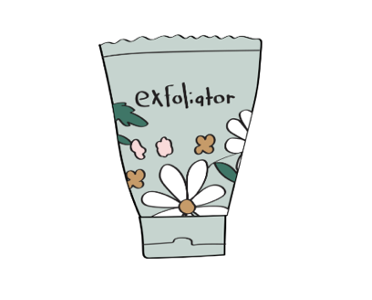
- Serums: These products are recommended to provide the skin with different types of nutrients or ingredients and to treat specific conditions such as signs of aging, pigmentation, acne, etc. Serums have a light texture and are designed with a molecular composition, which allows them to penetrate deeper than cream products. Although some serums are recommended for day and night, night-time skin absorbs better the ingredients and some other ingredients are not intended for day-time use.
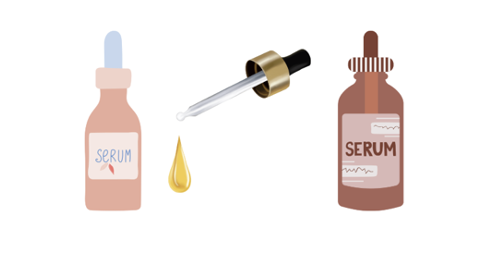
- Moisturizer: These products have a creamy texture and are used to provide the necessary humectants to protect the acid mantle, or protective layer of the skin. They also help seal in previously applied serums, control excess oil, nourish dry skin, and soothe delicate or sensitive skin (all thanks to their benefits for the acid mantle).
Moisturizers should be applied every day after washing the face and/or after the application of toner and serums.
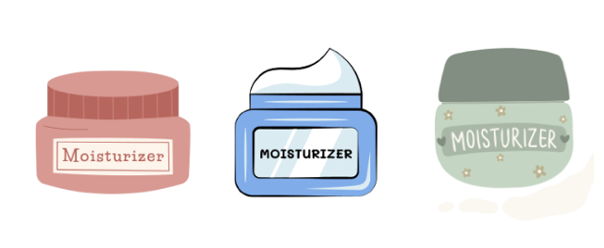
- Sunscreen: The final step in every routine and one of the most important. This product is obviously for daytime use; it helps prevent damage caused by UV rays that damage the skin and cause premature aging, dark spots, and, in the worst cases, skin cancer.
. Recommended use: everyday reapplying after 2-3 hours, especially on outdoors activities.
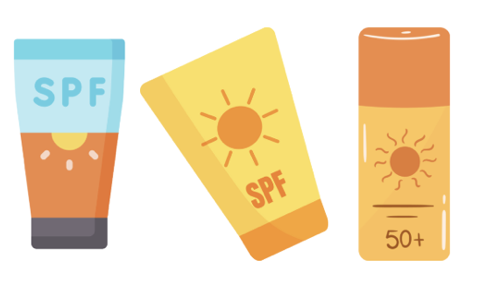
And remember that a skin professional’s recommendation is always necessary when choosing our products, and this is done after a skin evaluation or consultation.
